The last time I visited Valleseco was with my family, as we made a pit stop of a lunch break on our return from Artenara. This time, I travelled up by myself by bus from Las Palmas de Gran Canaria, changing at Teror. I was given a warm welcome by the municipality's Oficina de Información Turística's Carmen Delia Angulo, followed by an informative guided tour.
Go with the grain
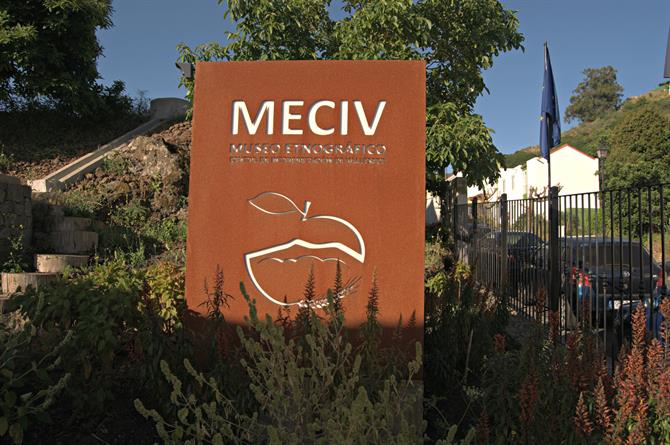
MECIV (Museo Etnográfico Centro de Interpretación de Valleseco) is where I met Carmen Delia. It's also home to the Oficina de Turismo de Valleseco where she's based. The complex opened back in September 2013, making it one of the island's newest museums.
At the museum, I learned that Valleseco became independent in 1842, that its total municipal population numbers 4,000, and that gofio, the staple invented by the canarii who were conquered by the Spanish, is typically made from barley, corn, or wheat but can also be produced with chickpeas. There's a video available in Spanish only which does however feature subtitles in the major European languages. There are also interactive displays, including a touch-and-feel guess the cereal.
Missionary men
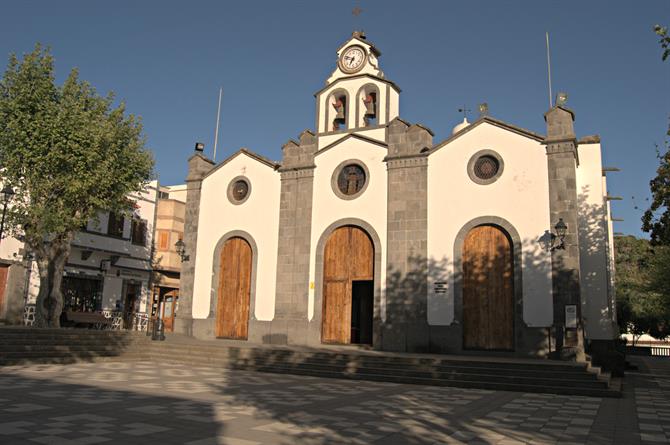
We continued our tour of Valleseco on foot, walking to the Iglesía de San Vicente Ferrer. This church dominates the skyline of the village's compact centre. It was constructed by architect Laureano Arroyo Velasco in 1898 and features a fine German organ which dates back to the 18th century.
Unlike other municipalities, the church is open weekdays from 7:30am to 11:30am and from 3:30pm to 8·:30pm as a charming retired lady occupies a pew during those hours. The church takes its name from one of the Catholic Church's most celebrated missionaries, San Vicente Ferrer (1350-1419) who, whilst living, was a Valencian Dominican friar. A supposed bone of one of Ferrer's arms takes pride of place in the priest's collection. The municipality's main fiestas are held in honour of this saint, this year from the 19th of May to 21st June, including concerts where the church's organ plays a starring role.
Whew lagoon

La Laguna de Valleseco was our next stop as we hopped into Carmen Delia's car and drove 2.5km out of town. This lagoon and its surroundings will take your breath away. Flora to look out for include chestnut trees which provide shade for picnic tables.
Standout fauna count amongst their number the endangered shrew, nicknamed the David of nature after its propensity to stand up to predators. There are also ducks and geese on the lagoon itself, which you can view from a hide. And whilst there are no pear trees, there are partridges.
Hike u like
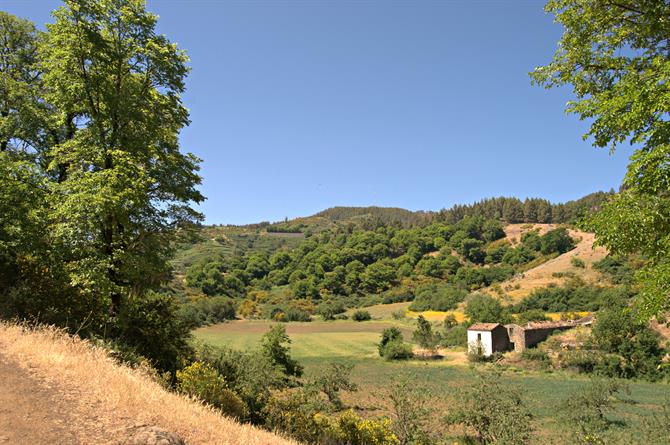
La Laguna's the starting or ending point of four of the eight main hiking routes in Valleseco. The municipality, literally translated, means Dry Valley but it's humid, as you'll see from the foliage sprouting from the village roofs. Yet it's relatively dry, especially in comparison to the neighbouring valleys of La Virgen and Las Madres, hence the name.
Another popular trekking area's Calderetas, pictured above. It's home to a volcanic crater, and the camino real, royal pathway, takes you through verdant groves of both poplars and walnut trees. Calderetas is also a great vantage point to enjoy the municipality's sea of clouds, looking down in the direction of the capital 30km away.
Old-school Gran Canaria
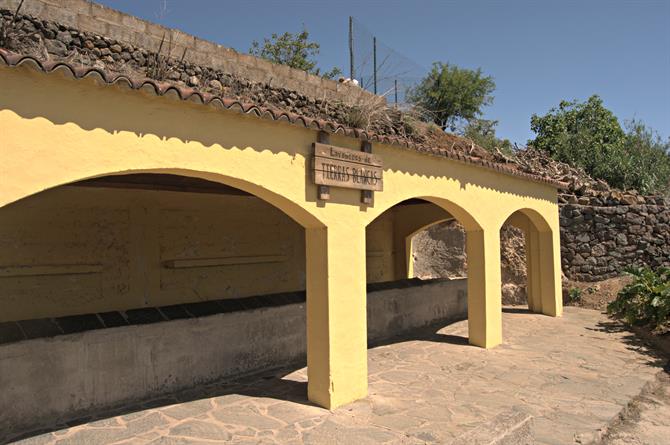
Travelling around Valleseco, you can leave the 21st century behind. The local Molino de San Vicente Ferrer which we later drop by, for example, provided electricity for the rest of the village up until the 1950s. Driving in Carmen Delia's car, we stopped off at one of the open-air laundries still frequented by washerwomen.
Market investment
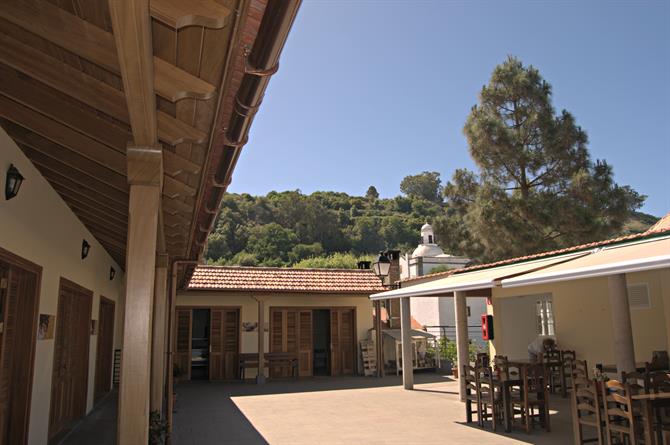
But as well as protecting its past, Valleseco is looking to secure its future. The Auditorio Dr. Juan Días Rodríguez opened in January 2013 and hosts regular comedy shows, musicals, and plays. It was joined later in the year by the aforementioned museum and a market. The full name for this market is the Mercado Ecológico de Valleseco, but it's colloquially known as Ecovalles.
Ecovalles opens on Friday afternoons, from 4.00pm to 8:00pm, on Saturdays from 10:00am to 2:00pm and 4.00pm to 8:00pm, and on Sundays from 9.00am to 2.00pm. As well as a butcher and a baker, there is indeed a candlestick maker.
The great Canarian bake off

If we felt hot outside, with summer appearing to have come a month early, we felt more for the baker toiling away in the market's bakery. He talked us through the ingredients that went into the doughs he was kneading. They included rye, both white and wholemeal.
Crafty Canarians

Another artisan with a stall at Ecovalles is Juani Garcia, the owner of Las Calas de Valleseco. As well as crafting products from wood, he proudly shows me a chessboard and figures he's currently working on, Juani restores antique furniture. His traditional products remind me of those of the carpenter I visited in Moya, one José Isidro Domínguez Quesada.
The emerald isle

Gran Canaria's more reminiscent of Eire than you'd imagine, and not just because of both islands' love of the humble spud. You'll won't have any excuses for not eating your greens if you visit Ecovalles' fruit and veg stall. Although I have to admit that I particularly enjoyed the taste test of the juiciest tomato I've ever tried, from La Aldea de San Nicolás.
Green Spain

It's not only northern Spain that can boast its green spaces. The area around Valleseco, as you have seen, is pretty green. Something else the municipality has in common with the north of Spain is its cider. But, as Carmen Delia pointed out, as we tour the distillery, the cider here is stronger than in Asturias because the greater number of sunshine hours leads to sweeter pippins which, in turn, results in a more alcoholic brew. And that's got to be something worth drinking to.
